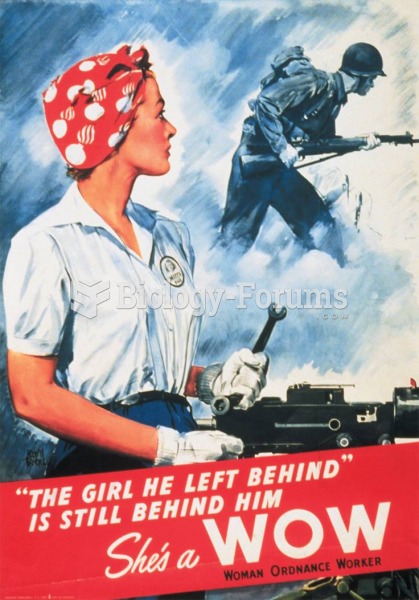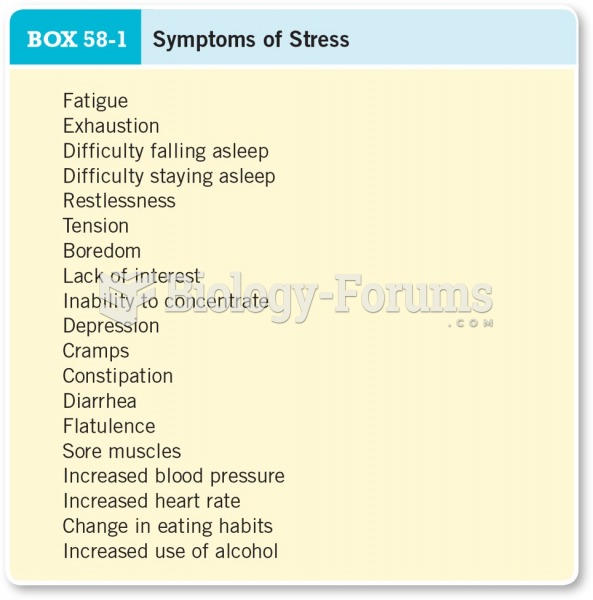Answer to Question 1
ANS: D
Hans Selye used the term eustress to describe a short-term mild level of stress. It acts as a positive stress response with protective and adaptive functions and is perceived as being within the person's ability to manage. Current research suggests that men and women respond to stress differently. The nurse should pay attention to cultural values. What is a small stressor in one culture can be huge in another, and normal coping strategies can be quite different. Stress results from positive as well as negative forces, for example, a job promotion, impending wedding, or birth of a child.
Answer to Question 2
ANS: B
Hans Selye's General Adaptation Syndrome describes responses to longer-term stress exposure. Selye described a three-stage progressive pattern of nonspecific physiologic responses, which he branded as alarm, resistance, and exhaustion. Walter Cannon was the first to describe a scientific physiological basis for an acute stress response. Cannon believed that when people feel physically well, emotionally centered, and personally secure, they are in a state of dynamic equilibrium or homeostasis. Stress disturbs homeostasis. Thomas Holmes and Richard Rahe developed a stress model that considered stressful life events such as marriage, divorce, death, and losing a job as stimuli that threaten or disrupt homeostasis. Lazarus and Folkman's transactional model of stress is one of the most widely used to explain stress responses. It is based on the premise of a dynamic relationship between a situation or circumstance in the environment (stressor) and the individual experiencing the stressor that accounts for its impact on a person.






